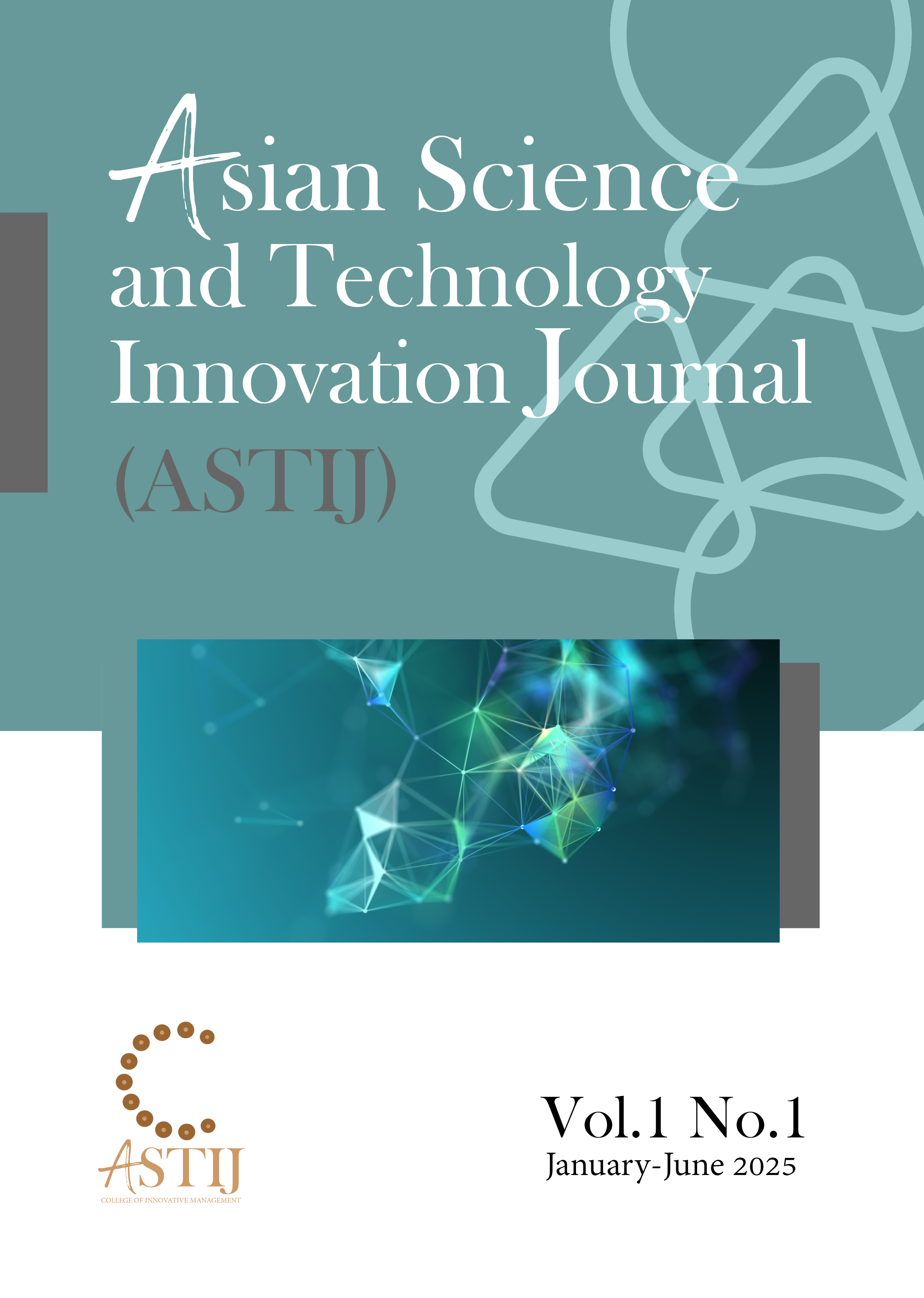Risk assessment of microplastics in plant: A review
Main Article Content
Abstract
Microplastic pollution has emerged as a pressing environmental and health concern due to its widespread presence across various ecosystems. This comprehensive review delves into the risks posed by microplastics (MPs) in plant systems, examining their sources, distribution, and potential impacts on plant health and food security. As microplastics degrade from larger plastic waste, they infiltrate terrestrial, aquatic, and atmospheric environments, with both primary and secondary sources contributing to their pervasive nature. MPs, typically less than 5mm in size, accumulate in agricultural soils through wastewater, atmospheric deposition, and industrial activities, posing a significant threat to plants and soil health. The presence of MPs in soil can disrupt root development, soil aeration, and microbial communities, potentially leading to reduced agricultural productivity and food safety concerns. Moreover, plants absorb MPs from contaminated soils, which may subsequently enter the food chain, impacting human health. Current risk assessment frameworks, such as those developed by the European Food Safety Authority (EFSA) and the Environmental Protection Agency (EPA), aim to evaluate microplastic risks in food and ecosystems. However, significant uncertainties remain regarding toxicity thresholds and exposure routes. Despite the growing body of research, there are still gaps in understanding the full extent of the impacts of microplastics. Therefore, further interdisciplinary studies are necessary. Addressing these gaps and developing robust regulatory frameworks is essential to mitigate the risks posed by microplastic pollution, ensuring environmental sustainability, and safeguarding public health.
Article Details

This work is licensed under a Creative Commons Attribution-NonCommercial 4.0 International License.


